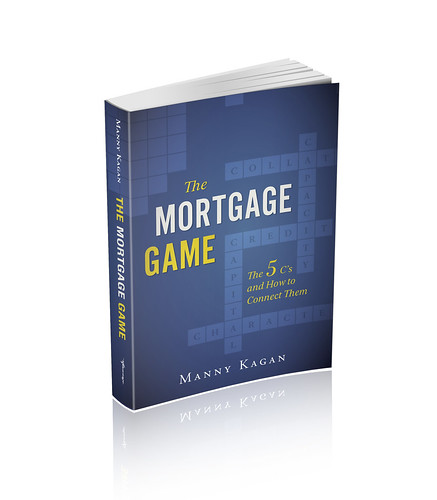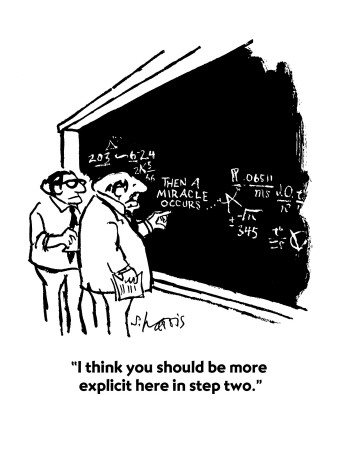
“For last year’s words belong to last year’s language and next year’s words await another voice. And to make an end is to make a little beginning.”–T.S. Eliot, “Little Gidding”
As the New Year approaches it is time to ask ourselves: “What would I like to happen in 2013? How was the previous year for you and your family? What would you like to change?” As the saying goes, “Out with the old, in with the new” (this is especially prudent for many of us, if we have a look in our closets).
I had a conversation with an old friend at a birthday party a few days ago, and I asked him:
“What would you like to happen in your business in the New Year?”
He got quiet and responded: “Is that a very good question? How about your life and business?”
What we want, usually starts with a Dream.
After being around for almost 66 years, I have learned a thing or two from many different teachers, which I summarized into a formula of 5 D’s to accomplish my desired results in life.
Dream + Drive + Demand + Discipline = Desired Life
I followed this formula at the end of 2011 when I decided to write a book, which had been my Dream for a number of years. I actually only started writing, when my Dream became a Drive (the reasons were to create a marketing tool to ensure the continuation of my business). This led to the Demand of scheduling free time in my busy life. I was able to accomplish this by having the Discipline to write every evening. The result is my first published book, “The Mortgage Game. The Five C’s and How to Connect Them,”that came out in November 2012, exactly one year later.
The key is to ask the question: “How can others benefit from my Dream?”
When you have your answer, the Universe will help you to fulfill it. Since I developed the Discipline for writing, I have continued the process and my Dream for 2013 is to write another book, as a companion to the first one. I am working on this project every day and expect to finish by my birthday, January 13th.
I will keep you posted. But first please read “The Mortgage Game. The Five C’s and How to Connect Them”. Do you have time to Dream (or read books)? Please follow my formula, and report your results!
If your Dream is to improve your cash flow, developing a Discipline can help you get a Desired mortgage and many other things in life. Most of us need a coach or accountability partner to get specific results (For my book, I had my editor).
My good friend and a client Kathryn Amenta is just the right person to do that. She is a Financial Adviser, who coaches and helps her clients save more and spend less. As I pointed out in my e-mail last week, borrowers need to have cash reserves in order to qualify for a Jumbo loan. I’m currently reading (and listening to) Darren Hardy’s book “The Compound Effect.” Darren is the editor of “Success” magazine and one of the stories he relates is about how he taught his associate to save 10% a month instead of giving her a raise. As a result, she became a wealthy woman. If you need help, call Kathryn Amenta @415-333-6972.
Recently Kathryn referred me her clients with whom she has been working for almost a year. In spite of their high income, they did not have enough savings to pay off their line of credit (L/C). To enable for me to lower their mortgage from 6.75% to 3.75% with a savings of $1,300/month, I suggested that they request a short term loan from their family members, for which they would pay 3.5%, the rate of their current L/C. In turn, they could use their monthly payments savings to pay off the private loan. My new book will offer my readers practical solutions like this one, and many others.
Share my book with five of your friends, I guarantee they will be grateful.

“Manny Kagan’s The Mortgage Game is one of the best outlines of the mortgage industry to read it before applying for a loan”. – Samuel K. Freshman (Author of “The Smartest Way to Save & President, Standard Management Company).
I wish you a Happy, Prosperous, and Joyful New Year!P.S.
To work on my dreams this year we are going to what, according to my wife, is the best place in the world – “The Sea Ranch”. We rented a house and will stay there for four days through the New Year. I will continue to write and Dream about other events in my life. I will report the results of my revelations to you in my future writings. Meanwhile, please enjoy some of the images from our previous trips to The Sea Ranch.



(All images by Manny Kagan)
SHARE IT WITH A FRIEND.






















